Petite Sirah pronounced – peh teet sirah – is a red wine grape variety that is known for its intense color, rich flavor, and high tannins. It is sometimes confused with Syrah, but they are actually two different grape varieties. Petite Sirah is grown in various regions around the world, but it is most commonly associated with California..
California producers often use Petite Sirah to produce full-bodied and complex wines that are popular among wine enthusiasts. The grape thrives in the warm and sunny climate of the state, and it is known for its ability to produce wines that can age for many years. Despite its name, Petite Sirah is not a small grape, and it can produce wines that are both powerful and elegant. The grapes have a thick skin and a firm texture.

History and Origin
Francois Durif and Charles Mciver
In the Petite Sirah history, this wine grape is also described as Durif. It is a red wine grape variety that was first discovered in the mid-1800s by a French botanist Francois Durif. Durif was conducting experiments on grape varieties at his nursery in the Rhone Valley, France when he noticed a grapevine that had a unique characteristic. This grapevine had a thicker skin and small berries compared to other grape varieties.

Durif saw potential in this grapevine and began to cultivate it, but it wasn’t until the late 1800s that another Frenchman, Charles McIver, recognized the grape’s potential and began to propagate it on a larger scale. McIver named the grape after its discoverer, calling it “Durif” in honor of Francois Durif.
Spelling and Name
The grape’s name, however, was not always spelled “Durif.” In fact, it was originally spelled “Petite Syrah” due to its resemblance to the Syrah grape. However, in the 1960s, the spelling of the grape’s name was changed to “Petite Syrah” to reflect the grape’s true origin and to avoid confusion with the Syrah grape.
Color and Tannins of Petite Sirah Wines
Petite Sirah is a dark and bold wine with high tannins. The wine’s color is deep purple, and it has a velvety texture. The Petite Sirah tannic wines are bold, which gives the wine a firm structure and a long finish.
Flavors and Aromas of Petite Sirah Wines
Petite Sirah has a complex flavor profile that includes blackberry, blueberry, plum, and black pepper. The wine also has spice and cinnamon notes, with a hint of vanilla and black tea. The aroma of Petite Sirah is intense, with a smoky and caramel scent.
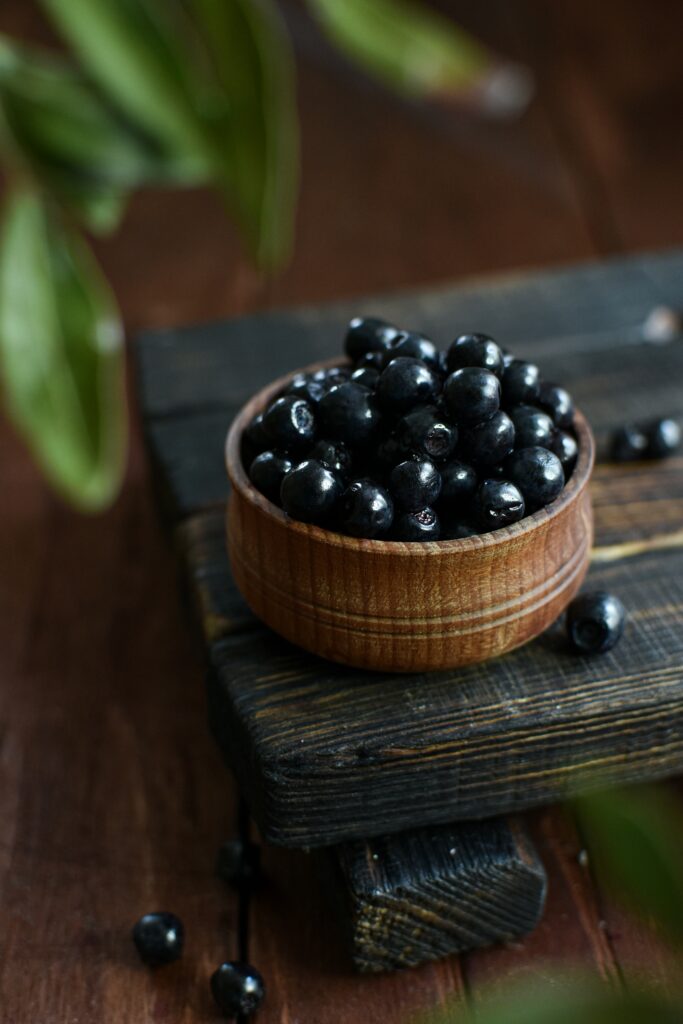
Climate Influence
The climate plays a crucial role in the flavor and aroma of Petite Sirah. In cooler climates, the wine has a higher acidity and a more pronounced black pepper flavor. In warmer climates, the wine has a more fruity flavor, with a hint of a dark fruit, dark chocolate and cloves.
Overall, Petite Sirah is a confident and knowledgeable wine with bold tannins and a complex flavor profile. It is a great choice for those who enjoy full-bodied wines with intense aromas and flavors.
California Vineyards
Petite Sirah is a grape variety that is widely grown in California. It is a popular choice for winemakers due to its deep color, intense flavor, and high tannin content. Some of the most well-known Petite Sirah vineyards in California include Napa Valley, Sonoma, Lodi, and Mendocino.
Napa Valley is one of the most famous wine regions in the world, and it is home to several Petite Sirah vineyards. The climate and soil in Napa Valley create ideal growing conditions for this grape variety, resulting in complex and flavorful wines.

Sonoma is another popular wine region in California that is known for its Petite Sirah vineyards. The region has a slightly cooler climate than Napa Valley, which results in wines with a more restrained flavor profile.
Lodi is a wine region located in the Central Valley of California. It is known for its hot climate, which produces ripe and powerful Petite Sirah grapes.
Mendocino is a cooler wine region in Northern California that is home to several Petite Sirah vineyards. The grapes grown in this region have a unique flavor profile due to the cooler temperatures and coastal influence.
International Presence
Petite Sirah is also grown in several other countries around the world, including France, Australia, and Argentina. In France, the same grape is known as Durif and is primarily grown in the Rhone region.
In Australia, Petite Sirah is often blended with other grape varieties to create full-bodied red wines. The petite sirah grape is also grown in Argentina, where it is used to produce bold and flavorful wines.

Grape Variety and Blending
Petite Sirah is made from the Durif grape, a cross between the Peloursin and Syrah grape varieties. The durif grape variety is known for its small, thick-skinned berries and high tannin content. It was named after the french botanist françois durif.
The grapes are harvested by hand and sorted to ensure only the best grapes are used in the winemaking process.
After the grapes are pressed, the juice is left to ferment in stainless steel tanks. Some winemakers and producers choose to age the wine in oak barrels to add complexity and depth to the final product.

Blending is an important part of the winemaking process for Petite Sirah. Some winemakers choose to blend the wine with other grape varieties, such as Zinfandel or Carignan, to balance out the tannins and add fruitiness to the wine.
Aging and Decanting
Petite Sirah is a wine that benefits from aging. The tannins in the wine soften over time, allowing the flavors to develop and mature.
When it comes time to drink the wine, decanting is recommended to help the wine open up and release its full potential. The wine should be decanted for at least an hour before serving to allow the flavors to fully develop.
Old petite sirah vines are often used to make Petite Sirah, as they produce grapes with more concentrated flavors and tannins. These grapes are often used to make premium wines and bottles that are highly sought after by collectors and enthusiasts.
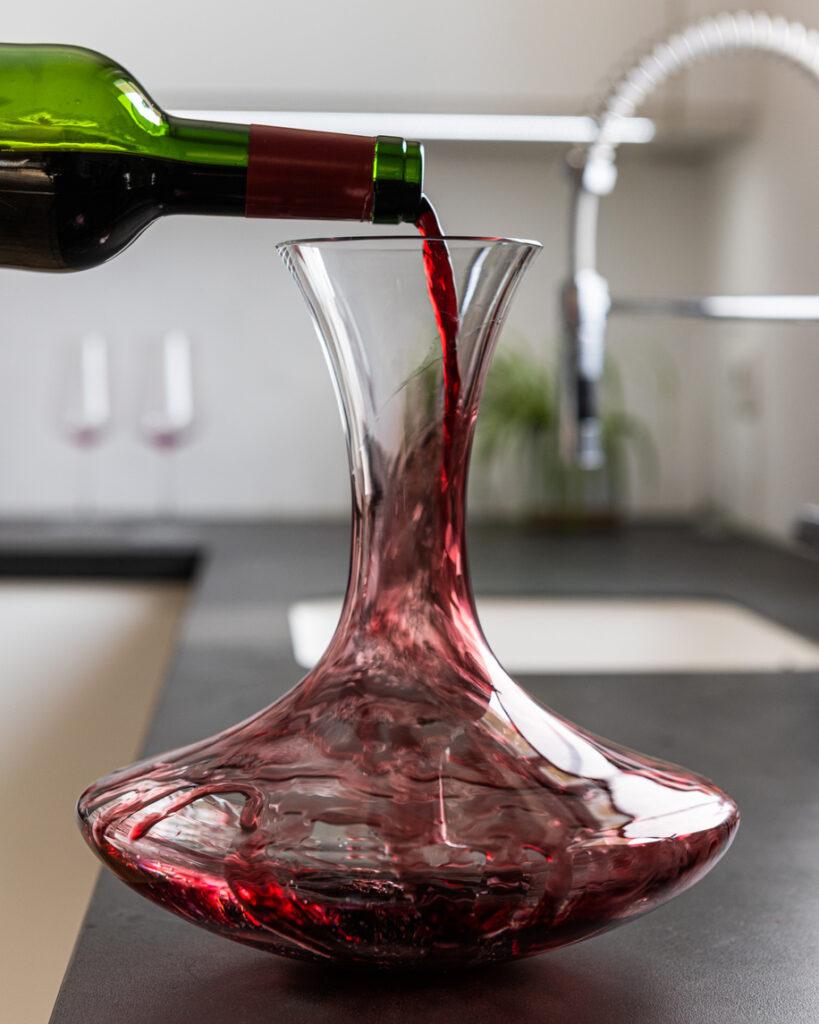
Overall, the winemaking process for Petite Syrah requires careful attention to detail and a deep understanding of the grape variety. By using the right techniques and blending methods, winemakers can create complex, flavorful wines that are enjoyed by wine lovers around the world.
Serving Temperature and Decanting
When serving Petite Sirah, it is recommended to serve it at a temperature between 60 and 65 degrees Fahrenheit. This range allows the wine to showcase its full flavor profile without overpowering the palate. Decanting is also recommended for Petite Sirah, especially for vintages that are more than five years old. Decanting helps to aerate the wine and remove any sediment that may have formed over time.

Food Pairing
Petite Sirah is a bold and full-bodied wine that pairs well with a variety of foods. It is particularly well-suited to beef and barbecue dishes, such as ribs and brisket. The wine’s tannins and acidity help to cut through the richness of the meat, while its bold flavor profile complements the smoky flavors of the barbecue.
Meat
In addition to beef and barbecue, Petite Sirah also pairs well with pork dishes, such as roasted pork chops or tenderloin. The wine’s bold flavors and tannins are a perfect match for the rich, savory flavors of pork.
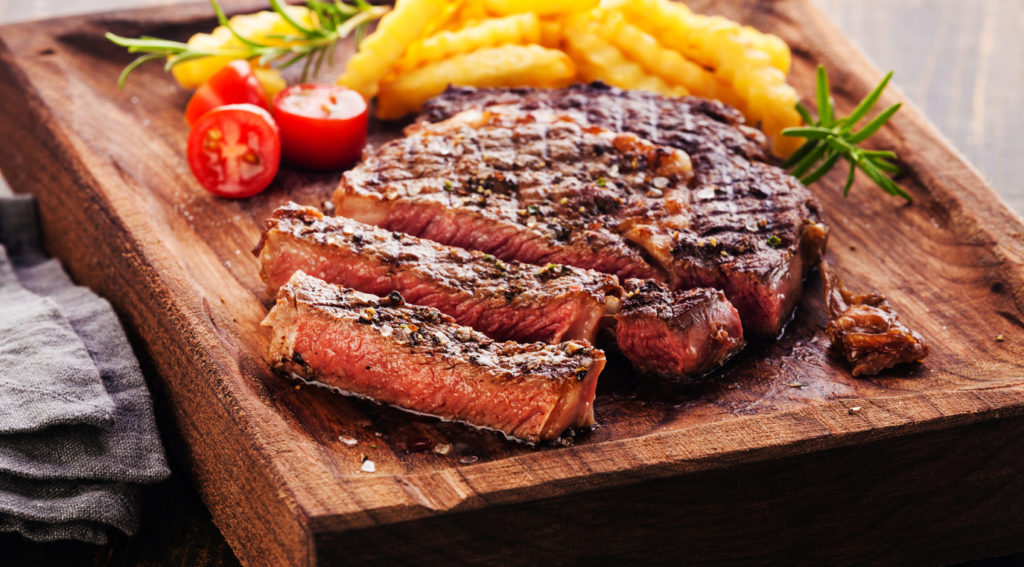
Cheese
When it comes to cheese pairings, Gouda is an excellent choice for Petite Sirah. The cheese’s nutty and caramel flavors complement the wine’s bold fruit flavors, while its creamy texture helps to balance out the wine’s tannins.
Herbs
Petite Sirah pairs well with dishes that feature herbs, such as rosemary and thyme. The wine’s bold flavors can stand up to the strong flavors of these herbs, while its acidity helps to cut through the richness of the dish.
Overall, Petite Sirah is a versatile wine that pairs well with a variety of foods. When serving the wine, be sure to keep the temperature in the recommended range and consider decanting older vintages to ensure the best possible flavor profile.

Varietal and Blended Wines
Petite Sirah wine, also known as Durif, is a grape variety that produces deeply colored, full-bodied wines with high tannins and acidity. It is primarily used to make varietal wines, but it also blends well with other grape varieties, such as Zinfandel and Syrah.
When used as a varietal, Petite Sirah wines are typically dark and inky with aromas of blackberry, blueberry, and black pepper. They have a full-bodied structure and high tannins, which give them a long finish and aging potential.
Blended Petite Sirah wines are often softer and more approachable, with less tannin and more fruitiness. They are usually blended with other grape varieties to add complexity and balance to the wine.
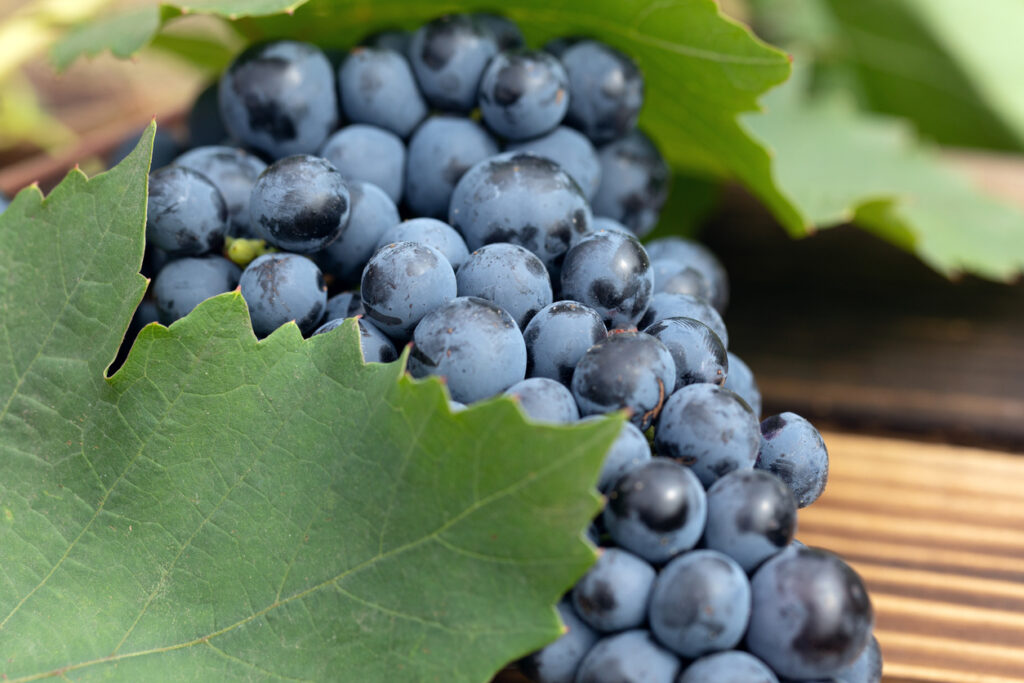
Tannic and Full-Bodied Wines
Petite Sirah wines are known for their high tannin content, which gives them a firm and chewy mouthfeel. They are also full-bodied, which means they have a rich and robust flavor profile.
These wines are best paired with hearty and flavorful dishes, such as grilled meats, stews, and strong cheeses. They also benefit from decanting before serving to soften the tannins and enhance the aromas and flavors.

Overall, Petite Sirah wine is a great choice for those who enjoy bold and powerful wines with a lot of structure and tannin. Whether enjoyed on their own or paired with food, they are sure to leave a lasting impression.
Consumer Perception
Petite Sirah wine has been gaining popularity among wine enthusiasts in recent years, and its market value has been on the rise. Consumers perceive Petite Sirah wine as a versatile wine that pairs well with a variety of foods, including grilled meats, stews, and pasta dishes. Its deep color, rich tannins, and bold flavors make it an excellent choice for those who enjoy full-bodied red wines.
However, some consumers may be hesitant to purchase Petite Syrah due to its reputation as a “big” wine that can be overpowering. This perception has been changing as winemakers focus on producing more balanced and approachable styles of Petite Syrah.

Winemaker’s Perspective
From the winemaker’s perspective, Petite Syrah can be challenging to work with due to its thick skins and high tannin levels. However, when produced correctly, it can result in a wine that is both powerful and elegant.
Winemakers often use a combination of oak aging and then blending grape, to achieve the desired flavor profile for their Petite Syrah. The use of new oak barrels can add notes of vanilla, spice, and toast to the wine, while blending with other grape varieties can soften the tannins and add complexity.
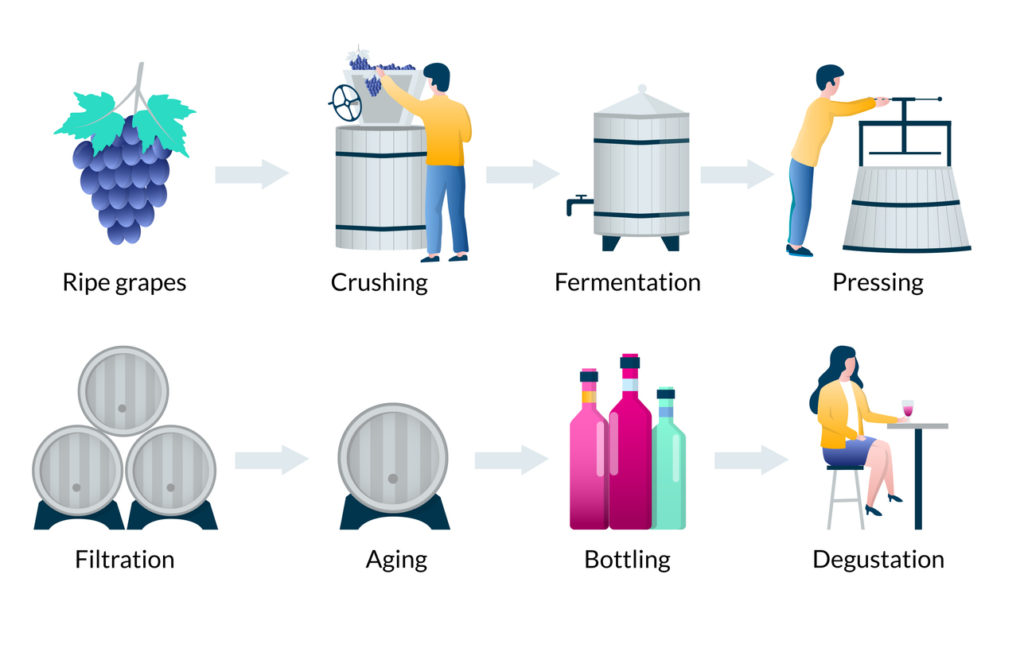
In terms of market value, Petite Syrah is often priced higher than other red wines due to its limited production and high demand. However, there is still a range of prices available, making it accessible to a variety of consumers.

